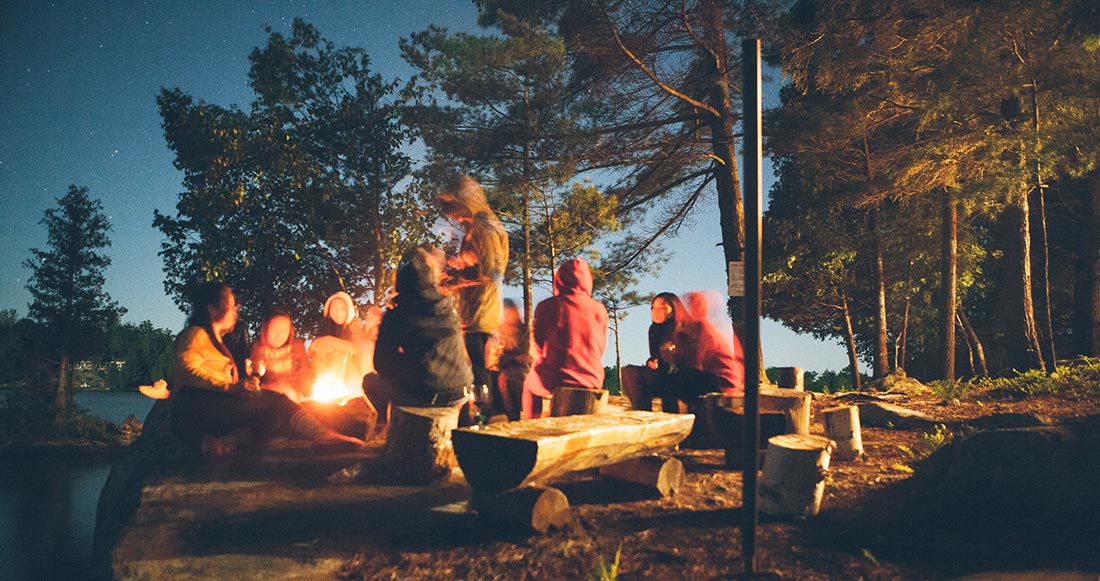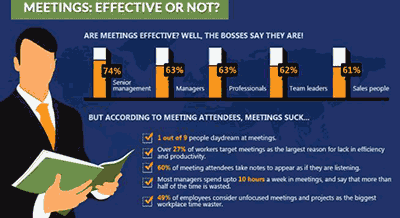From the Michigan Woods to Internationally Recognized Facilitator
November 1991. Northern Michigan, almost at the Canadian border. Ten people gathered in a rustic inn for a weeklong training in group facilitation and consensus decision-making.
I had recently joined a grass roots, ecological network in which meetings were facilitated and decisions were made by consensus. Until then, my meeting-going experience had been limited to parent-teacher events at my children’s school. I had never heard of facilitation, much less seen it in action.
A colleague and I realized that we had a dearth of trained facilitators in our area, so we recruited the most respected facilitator in the movement (Caroline Estes from Oregon) and committed to organizing and attending the training.
Even though I helped organize the training, I was skeptical. I thought, “A whole week? What could be so complicated about this that we need so much time to learn it?”
Short answer: It was an initiation, thinly disguised as training. A life-changing introduction to work that would eventually cause me to move to Mexico, learn Spanish and work in over 30 countries around the world.

The principles and techniques we learned that week became the foundation that enabled me to serve groups whose subject matter I could barely grasp (nanotechnology, petrochemicals, eco-health) and whose context was alien (post-civil war El Salvador, conservation projects in areas where narco-traffic is big business, nursing in the Caribbean). I learned to add value by facilitating their discussions, becoming part of the solution as I supported their quest for answers.
But back in 1991, I was still vague on the concept of facilitation.
I did not know what “designing a process” could possibly mean. And having been raised in a conflict-phobic family, I was paralyzed when disagreements threatened to tear a group apart. I did not know how to keep a discussion on track – or when to let it move on when the group’s focus took a sudden leap in a new direction.
Power dynamics confused me. Complexity and theories of change were not yet part of my professional vocabulary.
But that week in the woods was the first step.
25 years later: Five Things I Love About Being a Facilitator
- The puzzled expression on people’s faces when I tell them what I do. Of course, I often wish that group facilitation was a more readily understood occupation. But I love the “teachable moment” that arises when someone asks, “Facilitator? What is that?”
- The relief felt by meeting and conference organizers when I agree to help plan and facilitate their event. These clients are thrilled that a certified professional will advise them on how to make their meeting both participatory and productive.
- The cautious optimism of meeting participants when I step forward and introduce myself at the start of an event. These people are hopeful that I will make good use of their time, respect their interventions and save them from “death by PowerPoint.”
- The buzz of conversation when meeting participants begin to share their ideas. The moment in which the flow of information stops coming from the front of the room and instead springs from the hearts and minds of those in attendance always brings a smile of satisfaction to my face. The essence of my work is creating the conditions that permit meaningful conversations to occur.
- The thoughtful silence just before a group makes a decision. After the relevant information has been presented, passionate opinions have been shared, and the proposal under discussion has been honed by the collective wisdom of those present, comes the moment when as facilitator, I say, “Are we ready to decide?” This is the divide between the talking and the doing, between the conversation and the commitment. The silence is full of possibilities.
What Was Not Included In That First Workshop
While we received invaluable guidance about how to work with a group, not a word was spoken about how to market our services.
- Nothing was shared about attracting paying clients.
- No hints were given about how to manage the initial conversation with a potential client.
- No advice was provided about negotiating terms of reference or how much to charge.
- Perhaps most important of all, we were not warned about when to say “No thanks” to an invitation to facilitate.
Those lessons I had to learn the hard way – by trial and error.
Now I want to help shorten the learning curve for others to get the clients they need in order to do the work they love.
New Online Course: How to Get Hired as a Facilitator
Here you will find the tools, templates and professional tips needed to develop a collaborative relationship with clients and avoid expensive mistakes in the contracting process.



